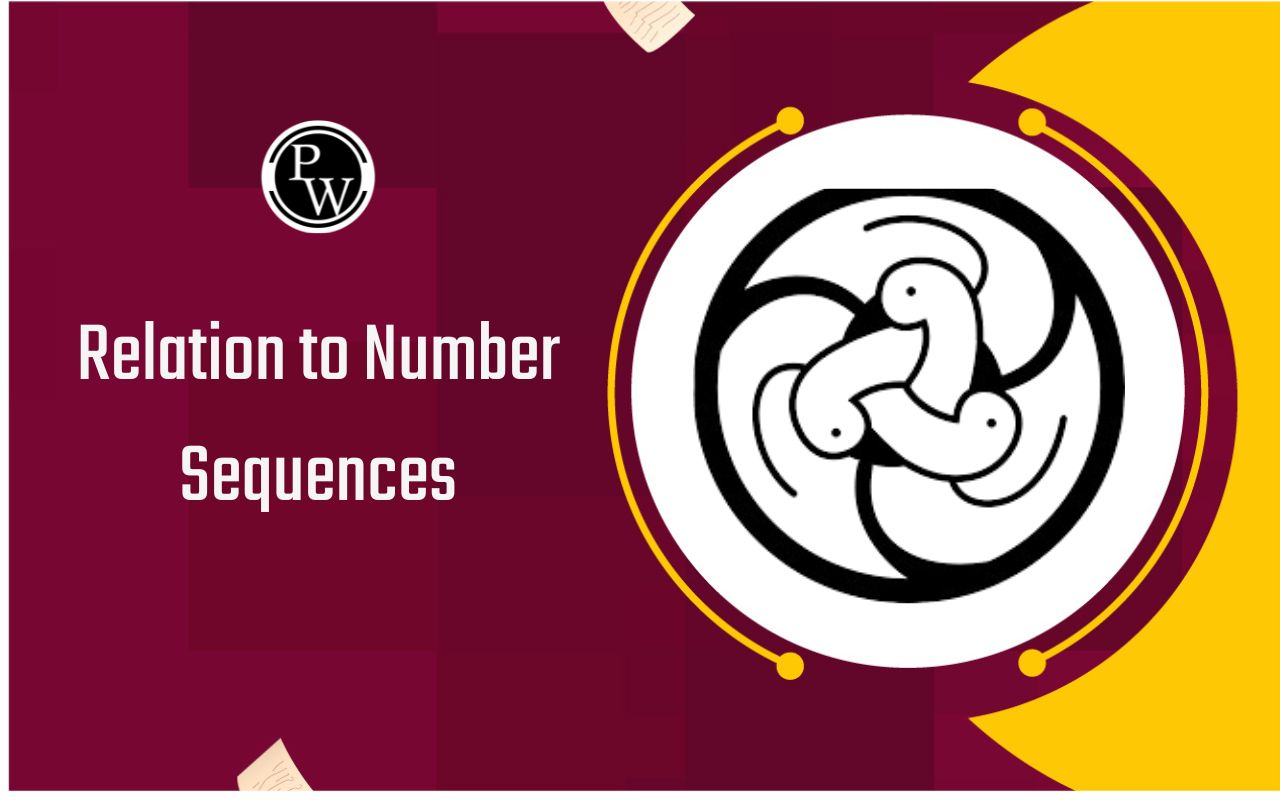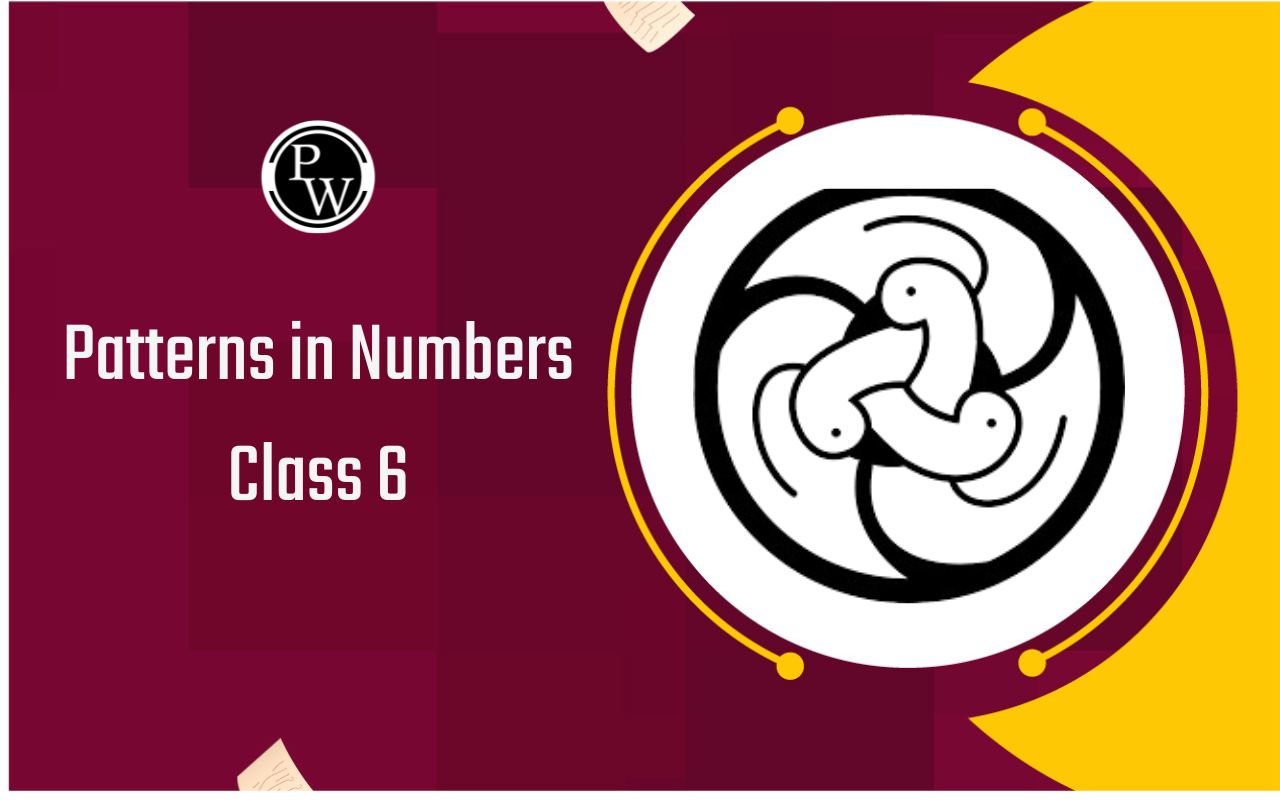
CBSE Class 6 Social Science Geography Notes Chapter 2: CBSE Class 6 Social Science Geography Notes Chapter 2 explains the Earth's grid system used for locating places. Latitudes are imaginary horizontal lines that run parallel to the equator, while longitudes are vertical lines running from the North Pole to the South Pole.
The equator is the zero-degree latitude, dividing the Earth into the Northern and Southern Hemispheres. Similarly, the Prime Meridian, at 0° longitude, divides the Earth into Eastern and Western Hemispheres. These lines help determine the exact position of any place on Earth, aiding in navigation and global mapping.CBSE Class 6 Social Science Geography Notes Chapter 2 Overview
To understand how the Earth's surface is mapped and positions are determined, it is essential to read CBSE Class 6 Social Science Geography Notes Chapter 2 Globe Latitudes and Longitudes. In this chapter, latitudes—horizontal lines that indicate a location's north or south of the equator—and longitudes—vertical lines that indicate a location's east or west of the Prime Meridian—are introduced to the students. These imaginary lines form a grid system on the globe, making it possible to pinpoint any location with precision. This chapter is fundamental for building geographic skills and understanding time zones, climatic zones, and global navigation. By learning how latitudes and longitudes work, students grasp the importance of global positioning, map reading, and navigation, which are key to geography and everyday life.CBSE Class 6 Social Science Geography Notes Chapter 2 PDF
Here we have provided CBSE Class 6 Social Science Geography Notes Chapter 2 Globe Latitudes and Longitudes pdf for the ease of the students so that they can use this pdf offline.CBSE Class 6 Social Science Geography Notes Chapter 2 PDF
CBSE Class 6 Social Science Geography Notes Chapter 2 Globe Latitudes and Longitudes
Below is the CBSE Class 6 Social Science Geography Notes Chapter 2 - There are different kinds and sizes of globes, including large globes, tiny pocket globes, and balloons that resemble globes. The globe is movable and can be turned in the same manner as a potter's wheel or a topspin. Countries, continents, and oceans are all depicted on the globe at the appropriate size. The axis of the globe is the tilted needle that is fixed through it. The North and South Poles are the two points on the world that the needle passes through. Similar to how the planet moves, the globe may also be moved around this needle from west to east. However, there's a big distinction. The physical world revolves around an imaginary line known as its axis. Divided into two equal sections, the globe is divided by another imaginary line. The equator is defined as this line. The terms "Northern Hemisphere" and "Southern Hemisphere" refer to the two halves of the world, respectively. Both of them are equal parts. An imaginary circular line used to designate locations on Earth is called the equator. Latitude parallels are all parallel circles that run parallel to each other from the equator to the poles. Degrees are used to measure latitudes. The zero-degree latitude is represented by the equator. Given that the equator and either pole are located one-fourth of a circle around the planet, the distance between them is one-fourth of 360 degrees, or 90°. The North Pole is therefore located at 90 degrees north latitude, and the South Pole is located at 90 degrees south latitude. "North latitudes" refer to all parallels that are north of the equator. Likewise, any parallel that runs south of the equator is referred to as a "south latitude." The letter "N" or "S" denotes the value of each latitude.Important Parallels of Latitude
There are four important parallels between latitudes- Tropic of Cancer (23½° N) in the Northern Hemisphere.
- Tropic of Capricorn (23½° S) in the Southern Hemisphere.
- Arctic Circle at 66½° north of the equator.
- Antarctic Circle at 66½° south of the equator.
Heat Zones of the Earth
Torrid Zones
Every year, at least, all latitudes between the Tropics of Cancer and Capricorn see an exact overhead of the midday sun. As a result, this region, known as the Torrid Zone, experiences the most heat.Temperate Zones
Beyond the Tropics of Cancer and Capricorn, the midday sun never rises over any latitude. The sun's rays continue to decrease in angle as they approach the poles. That is why the regions with mild temperatures are those bordered by the Tropic of Cancer and the Arctic Circle in the North Hemisphere and the Tropic of Capricorn and the Antarctic Circle in the South Hemisphere. We refer to these as temperate zones.Frigid Zones
In the Northern Hemisphere, the regions between the Arctic Circle and the North Pole and the Antarctic Circle and the South Pole in the Southern Hemisphere are extremely frigid. The reason for this is that the sun doesn't rise too high over the horizon here. As a result, its rays are constantly slanted and produce less heat. We refer to these as Frigid Zones.What are Longitudes?
Drawn at a straight angle to the Equator, the Meridians of Longitude go from the North Pole to the South Pole. Degrees of longitude are used to express the separations between meridians of longitude. Minutes and seconds are further separated for every degree. An imaginary line known as the Prime Meridian crosses the Greenwich Observatory in London, England, from north to south. Earth is divided into the Eastern and Western Hemispheres by the prime meridian. Located at 0° (0 degrees) longitude is the prime meridian. A location's longitude is indicated by the letters W for the west and E for the east.Longitude and Time
The motion of the Earth, moon, and planets provides the most accurate way to measure time. Every location along the Greenwich Prime Meridian will experience midday or noon when the sun is at its zenith in the sky. East of Greenwich will be ahead of Greenwich time, while west of Greenwich will be behind it as the globe rotates from west to east. Here is a formula for calculating the rate of difference. The planet rotates 360 degrees in roughly 24 hours, or 15 degrees every hour or 1 degree every four minutes. As a result, at 15° east of Greenwich, the time at noon on that day will be 15 × 4 = 60 minutes, or one hour ahead of Greenwich time, or 1 p.m. However, the time will be one hour behind Greenwich time at 15° west of Greenwich, or 11:00 a.m. Similarly, when it is 12 noon at Greenwich, it will be midnight at 180°.Why do we have Standard Time?
Locations that are on different meridians will inevitably have different local times. For example, in India, the local time difference between Dwarka in Gujarat and Dibrugarh in Assam is approximately one hour and forty-five minutes. Thus, the local time of a nation's central meridian must be established as the nation's standard time. 82° 30'E, or 82° E longitude, is recognised as the standard meridian in India. The standard time for the entire nation is determined by taking the local time at this meridian. The Indian Standard Time (IST) is the name given to it.Benefits of CBSE Class 6 Social Science Geography Notes Chapter 2
The benefits of studying Chapter 2, "Globe: Latitudes and Longitudes," in CBSE Class 6 Social Science Geography are:Foundation of Geographic Knowledge : It provides a fundamental understanding of the Earth's grid system, essential for all further studies in geography.
Map Reading Skills : Learning about latitudes and longitudes helps students develop skills to accurately read and interpret maps.
Location Identification : It enables students to pinpoint exact locations on Earth, crucial for navigation and global awareness.
Understanding Time Zones : This chapter explains the basis for time zones, helping students grasp global time differences.
Climatic Zones Insight : By understanding latitudes, students learn how Earth's climate varies across different zones, influencing weather patterns.
CBSE Class 6 Social Science Geography Notes Chapter 2 FAQs
How many important latitudes are there?
Why are longitudes and latitudes drawn on globe?
What is the zero degree on the globe called?
What is the purpose of longitude?
What is the most famous latitude?








